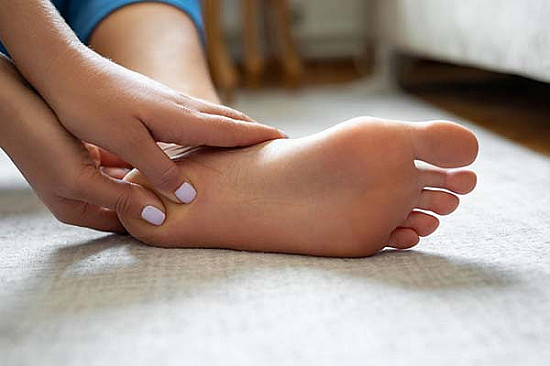Plantar Fasciitis Prevention Tips for Runners and Athletes
Preventing plantar fasciitis is crucial for runners and athletes who are especially prone to this painful condition due to the repetitive stress and impact on their feet. Implementing a comprehensive prevention strategy can help maintain foot health, enhance performance, and avoid the debilitating pain associated with plantar fasciitis. Here are some effective tips for preventing plantar fasciitis in runners and athletes. First, choosing the right footwear is essential. Wearing shoes that provide adequate arch support, cushioning, and stability can significantly reduce the risk of plantar fasciitis. Runners and athletes should opt for shoes specifically designed for their sport, ensuring that they fit well and accommodate their foot type. Regularly replacing worn-out shoes is also important, as old shoes lose their supportive properties and can contribute to foot strain. Second, incorporating proper warm-up and cool-down routines into your exercise regimen can help prevent plantar fasciitis.

Dynamic stretches before a workout increase blood flow to the muscles and ligaments, preparing them for the physical activity ahead. Focus on stretching the calves, Achilles tendon, and plantar fascia to improve flexibility and reduce tension. After exercising, cool down with static stretches to relax and elongate the muscles and ligaments, promoting recovery and preventing stiffness. Gradual progression in training intensity and volume is another key factor in preventing plantar fasciitis. Avoid sudden increases in mileage or intensity, as this can overload the plantar fascia and lead to inflammation. Instead, follow a gradual and systematic training plan that allows your body to adapt and strengthen over time. Incorporating cross-training activities, such as swimming or cycling, can also help reduce repetitive stress on the feet while maintaining overall fitness.
Strengthening the muscles of the feet and lower legs can provide additional support to the plantar fascia. Exercises such as toe curls, calf raises, and towel scrunches target the intrinsic foot muscles and improve their endurance and resilience. Strengthening the core and lower body muscles, including the glutes and hamstrings, can also help improve overall biomechanics and reduce undue stress on the plantar fascia. Maintaining a healthy body weight is important for reducing the load on the feet. Excess body weight increases the strain on the history of plantar fasciitis, making it more susceptible to injury. A balanced diet and regular exercise can help achieve and maintain an optimal weight, thus decreasing the risk of plantar fasciitis. Proper hydration and nutrition play a role in preventing plantar fasciitis as well. Staying hydrated keeps the muscles and ligaments flexible and less prone to injury. Consuming a diet rich in vitamins and minerals, particularly calcium and vitamin D, supports bone and muscle health, contributing to overall foot health.


